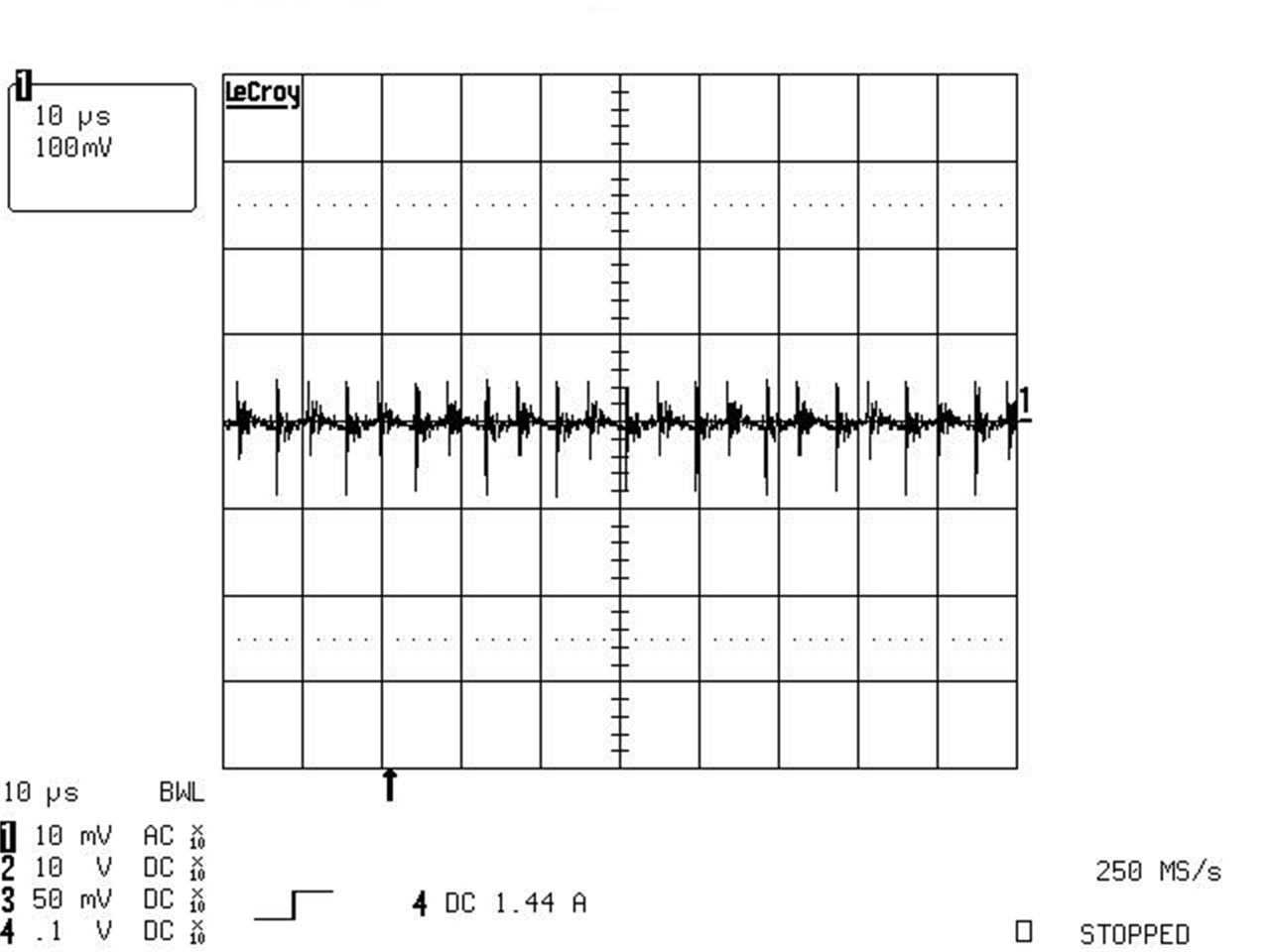SLUSA12G December 2009 – November 2022 UCC28C40-Q1 , UCC28C41-Q1 , UCC28C42-Q1 , UCC28C43-Q1 , UCC28C44-Q1 , UCC28C45-Q1
PRODUCTION DATA
- 1 Features
- 2 Applications
- 3 Description
- 4 Revision History
- 5 Device Comparison Table
- 6 Pin Configuration and Functions
- 7 Specifications
-
8 Detailed Description
- 8.1 Overview
- 8.2 Functional Block Diagram
- 8.3 Feature Description
- 8.4 Device Functional Modes
-
9 Application and Implementation
- 9.1 Application Information
- 9.2
Typical Application
- 9.2.1 Design Requirements
- 9.2.2
Detailed Design Procedure
- 9.2.2.1 Custom Design With WEBENCH® Tools
- 9.2.2.2 Input Bulk Capacitor and Minimum Bulk Voltage
- 9.2.2.3 Transformer Turns Ratio and Maximum Duty CycleG
- 9.2.2.4 Transformer Inductance and Peak Currents
- 9.2.2.5 Output Capacitor
- 9.2.2.6 Current Sensing Network
- 9.2.2.7 Gate Drive Resistor
- 9.2.2.8 VREF Capacitor
- 9.2.2.9 RT/CT
- 9.2.2.10 Start-Up Circuit
- 9.2.2.11 Voltage Feedback Compensation
- 9.2.3 Application Curves
- 9.2.4 Power Supply Recommendations
- 9.2.5 Layout
- 10Device and Documentation Support
- 11Mechanical, Packaging, and Orderable Information
Package Options
Mechanical Data (Package|Pins)
- D|8
Thermal pad, mechanical data (Package|Pins)
Orderable Information
9.2.3 Application Curves
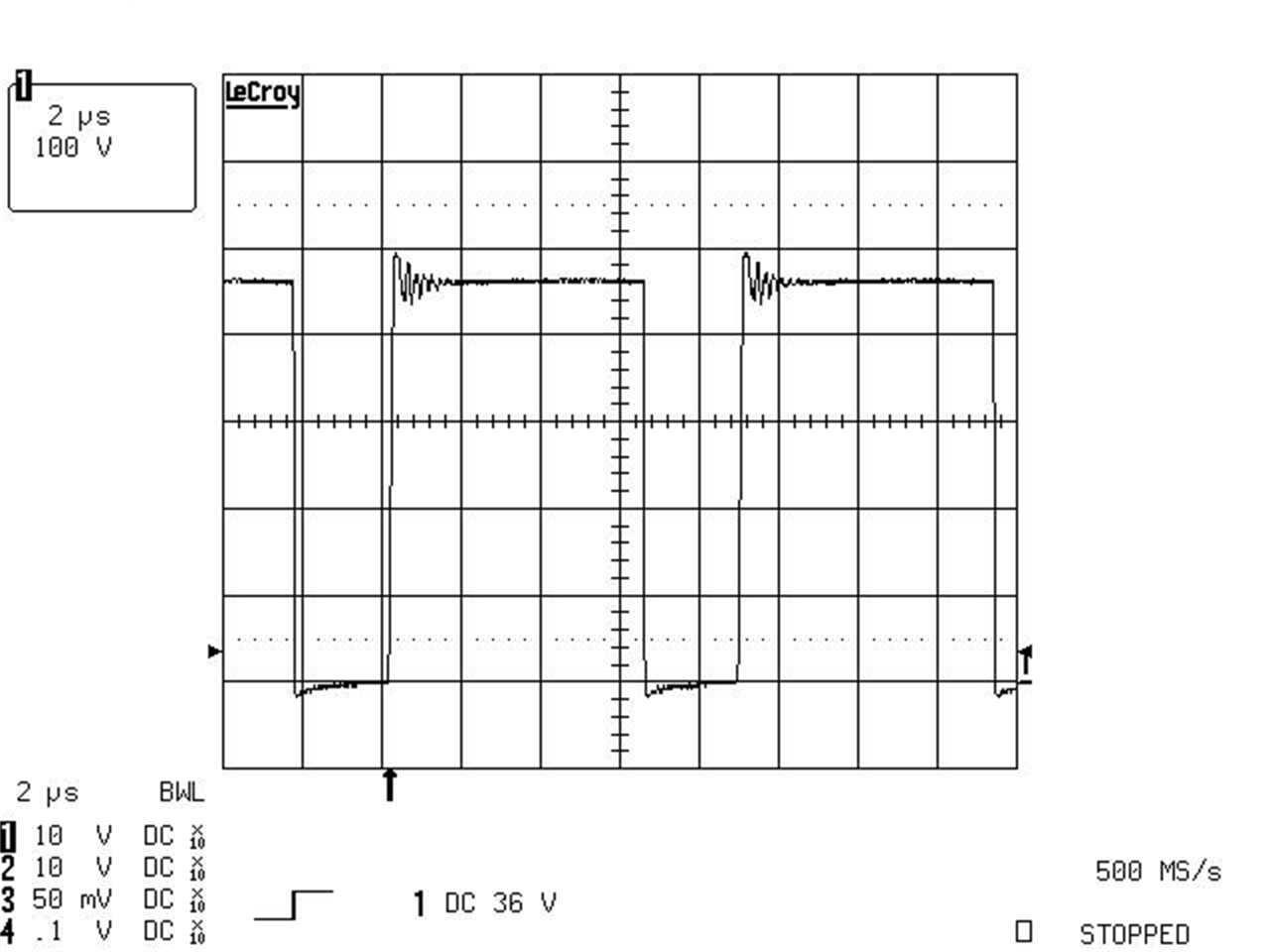 Figure 9-7 Primary Side MOSFET Drain to Source Voltage at 240-V AC Input (100 V/div)
Figure 9-7 Primary Side MOSFET Drain to Source Voltage at 240-V AC Input (100 V/div)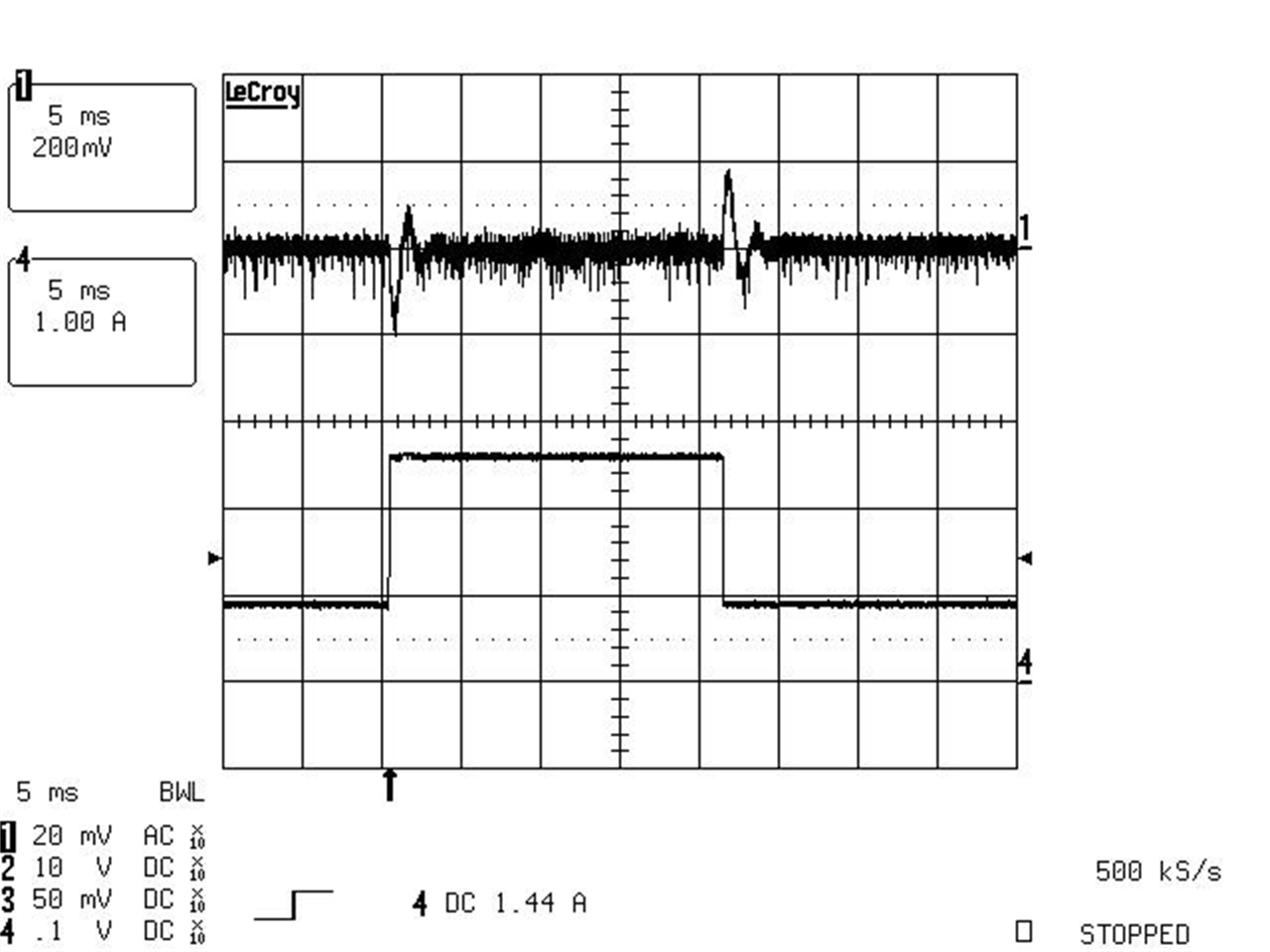
| CH1: Output Voltage AC Coupled, 200 mV/div |
| CH4: Output Current, 1 A/div |
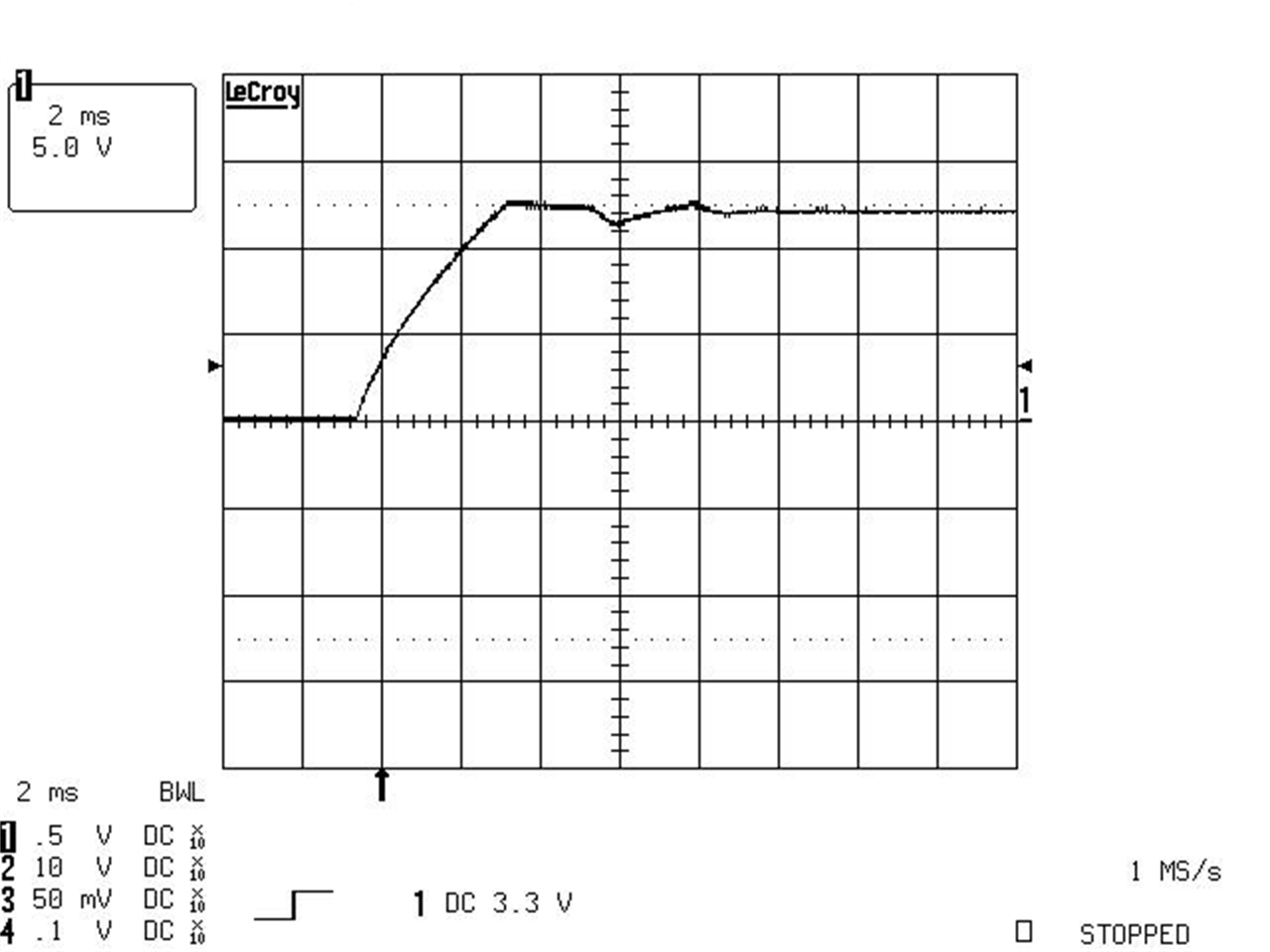 Figure 9-11 Output Voltage Behavior at Full Load Start-up (5 V/div)
Figure 9-11 Output Voltage Behavior at Full Load Start-up (5 V/div)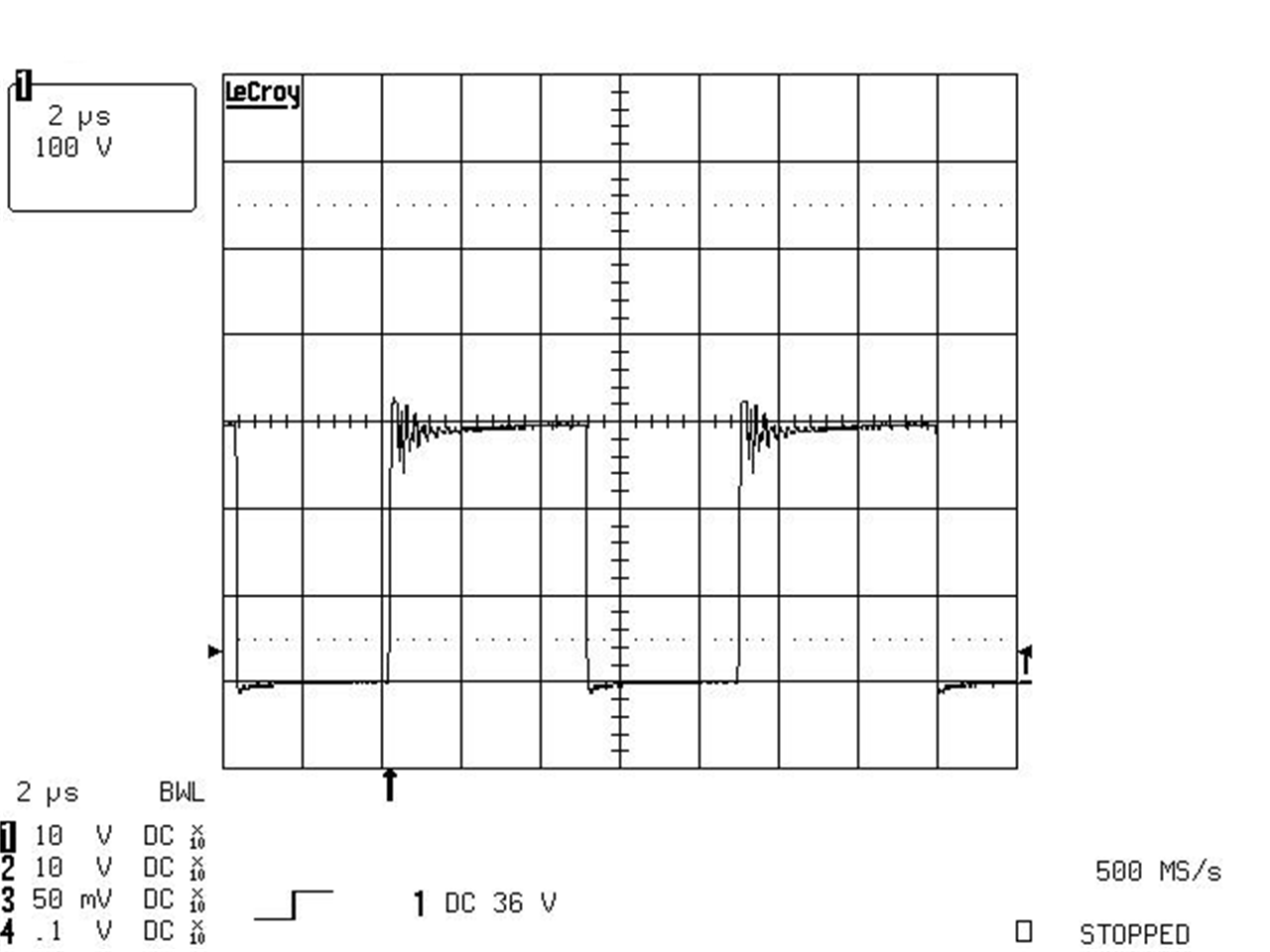 Figure 9-8 Primary Side MOSFET Drain to Source Voltage at 120-V AC Input (100 V/div)
Figure 9-8 Primary Side MOSFET Drain to Source Voltage at 120-V AC Input (100 V/div)